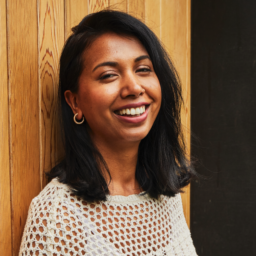We recently caught up with Brand Designer Anastasia Dunaeva whose portfolio is beautifully presented and filled with varied design projects from clean vector illustrations, animations and branding!
We love Anastasia's style and excited to find out more about her creative process and how she prepared her portfolio!
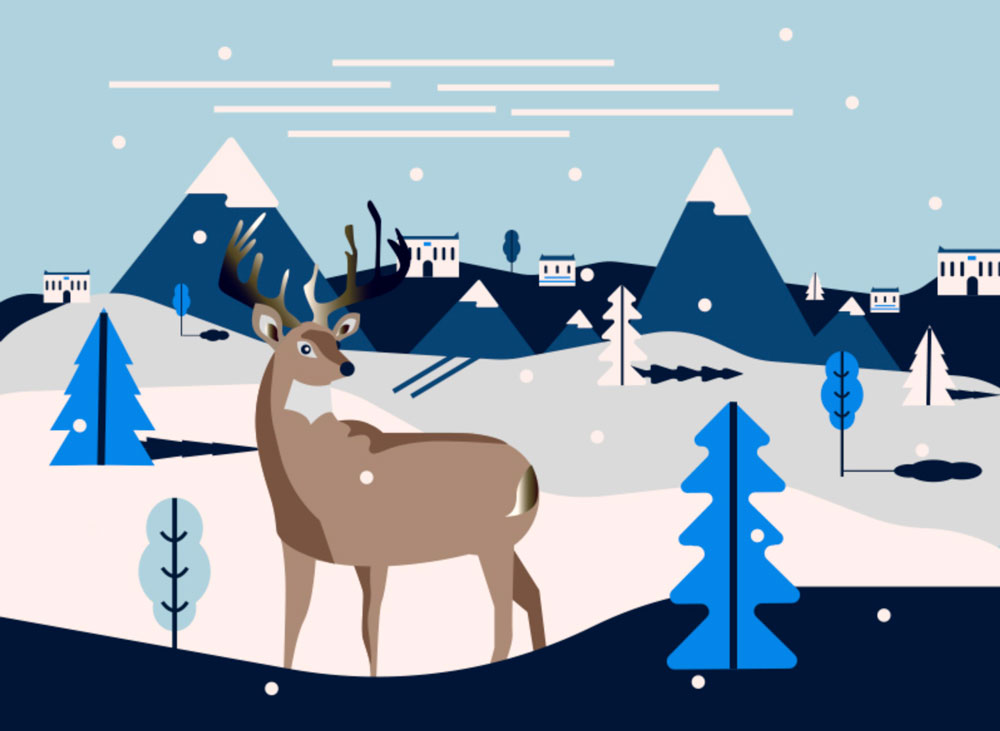
Hi Anastasia can you tell us a bit about your backgrounds?
I've got bachelor degree in Web Design in Saint-Petersburg State University of Technology and Design. Studying there was interesting and challenging for me. My degree gave me the opportunity to try different fields in design.
By 3rd year I decided to take my direction towards Graphic Design and started working on my portfolio. At this time I had an internship in an IT company as a graphic designer and entered different design competitions. I was trying to do as much as I can to help me explore and find what am I really good at. This experience helped me a lot and I'm grateful that I had the chance to do it!
Currently I'm an independent graphic designer living in Moscow and working with world-wide clients with only 3.5 years of experience. I specialise in developing brand identity and package design. I love to help entrepreneurs build strong visual identity and taking their business to new heights.
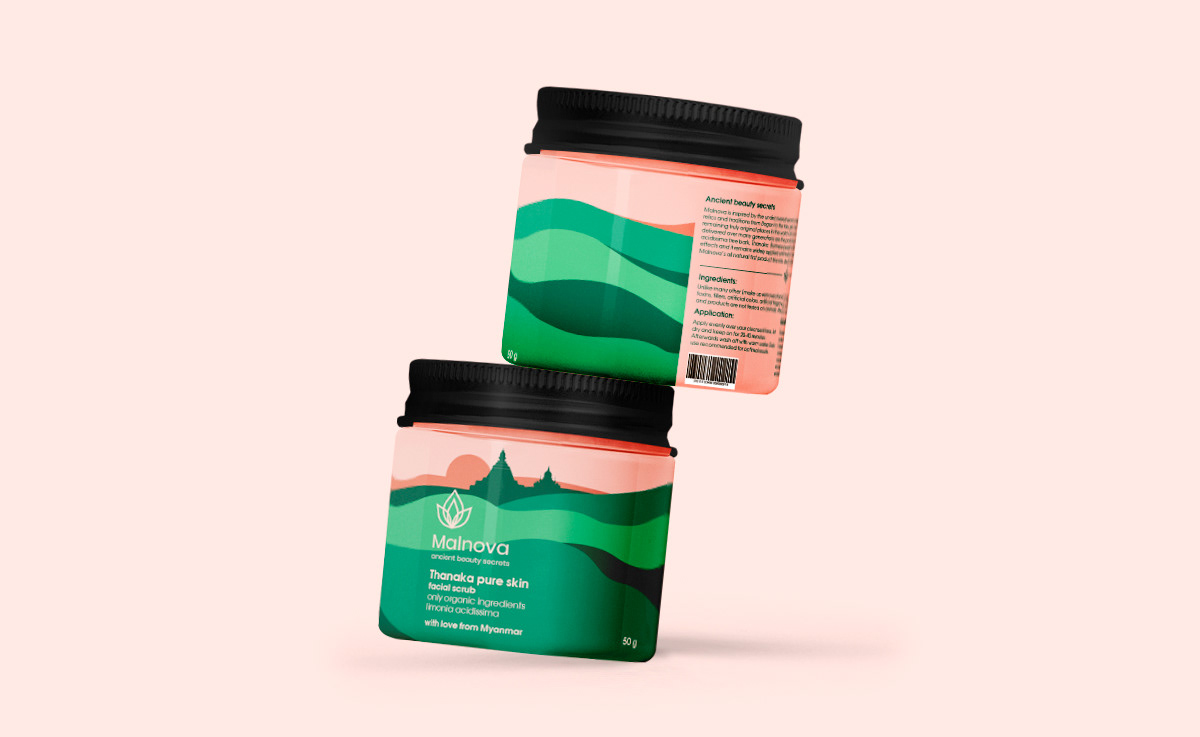
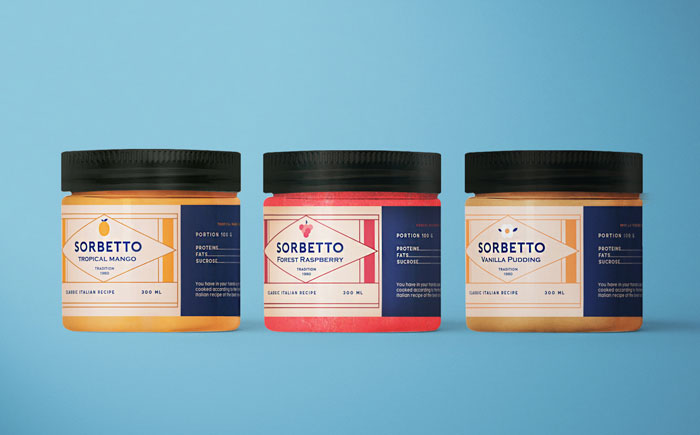
Describe your typical working day?
As a full-time freelance designer my working day starts at 8 am. I'm checking my emails and schedule my day with a to-do list. After that I start working on design projects. By mid-day I usually go for a walk or meetings. I finish working on my client projects at about 6 pm.
In the evening, I like exploring the city, spending time with my family and friends and working on personal projects. Most of my days are filled with design and it is truly a part of my life. I really love what I do and it gives me so much joy.
Your portfolio is beautifully presented. What is your advice to make your work getting noticed?
You should treat each project seriously. Even if it is a personal projects or student's work, you need to present them as a professional. In my opinion a good project in a portfolio should consist of description, final designs and how they look in real life. Take time to write detailed descriptions, they are as important as the actual designs.
People should look at your portfolio and understand what was the main goal of this project, who was the client and most importantly - how you solved their problems. It is really important to show how you think and work. You should also use some of your rough sketches or mood boards, just be clear and consistent for each project.

We love your packaging designs, what advice would you give to anyone that want to design
product packaging?
Thank you so much! 🙂 My main advice - try to think out of the box and always do a deep research
before you start design something. It is tempting to just go to surf the internet, look at the existing package and jump straight into Illustrator and start working. I wouldn't recommend doing this though. Take your time, give your brain food for thinking. Go and explore the stores, look at real products, pick them up. Look how the information is presented, how the label is sticked to the bottle or how the cardboard is working.
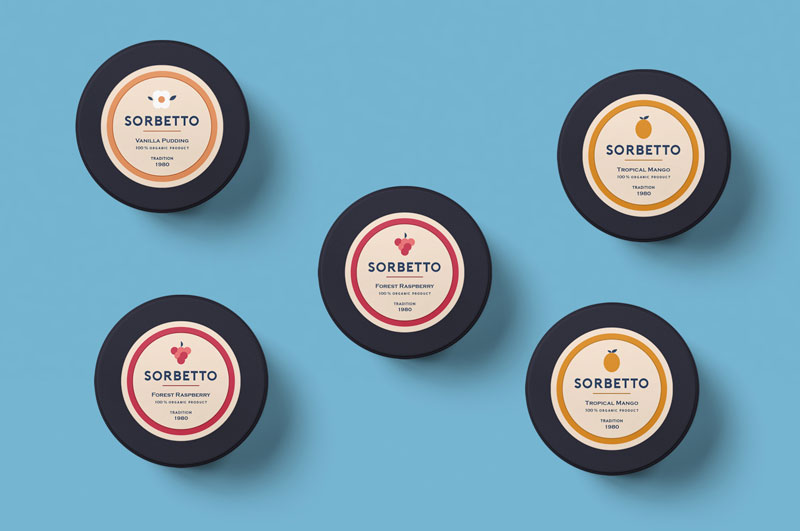
You need to see it not just on your laptop screen but in real life, hold the real product in your own hands. Also be sure that you analyse your field of work, understand the main purpose of packaging and the needs of your target audience. There are a lot of things you need to know and understand. Packaging design is not just a nice picture, it is also a deep analytical work. My blog has lots of insightful articles on packaging design for those who would like to find out more.
Do you ever run into creative blocks? How do you deal with them?
Of course! It is absolutely okay to have these periods. All creatives from time to time need to step back, think and analyze what they are doing.
What helps me is to stop designing and do different things instead. Our brain needs to switch off or getting new impulses. It is always a great idea to travel to another place even if it is another part ofyour city.
Read books you are not familiar with, explore and learn new things, change your daily activities and soon creative ideas will start popping up again. It is impossible to avoid creative blocks but you can quickly tackle them once you figure out your preferred diversions.

